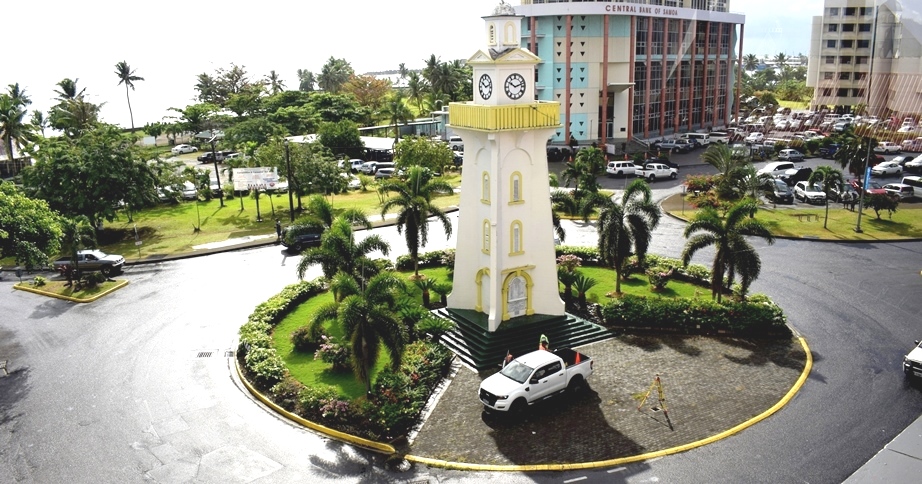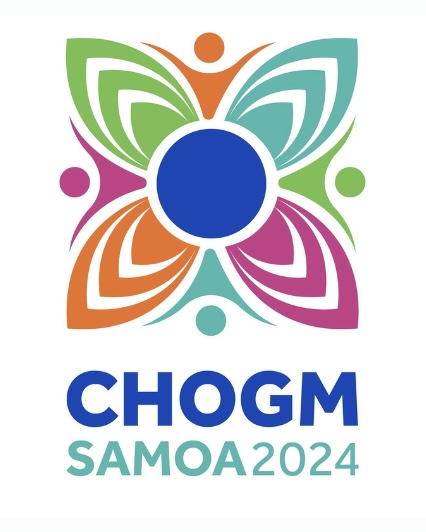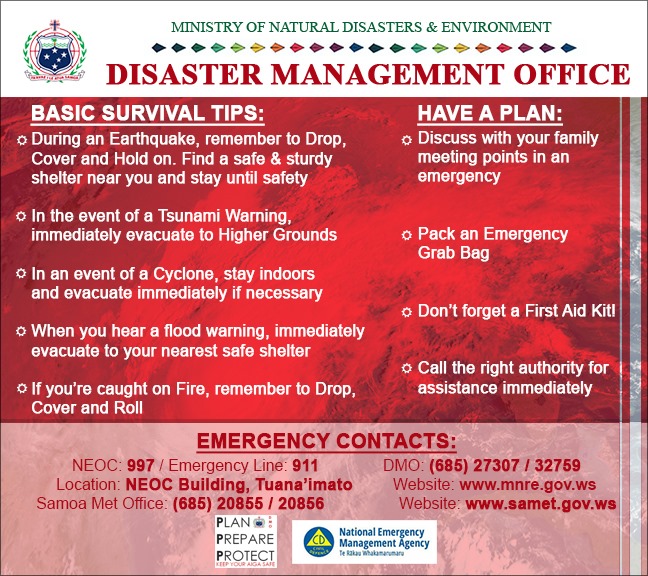Economy
Samoa’s economy experiencing a strong recovery – IMF

- After a three-year recession driven by the Covid-19 pandemic, the Samoan economy is experiencing a strong recovery driven by the return of tourism.
- An expansionary fiscal stance remains appropriate if directed toward higher public investment, which will help the economy return to pre-pandemic activity levels.
- With the economy recovering, a gradual normalization of the Central Bank of Samoa’s highly accommodative monetary stance is appropriate, to contain further increases in private borrowing and build up policy space to respond to future shocks.
“The Samoan economy has begun recovering after a three-year recession driven by the Covid-19 pandemic.”
This is according to a statement issued by Andrew Swiston who led an International Monetary Fund (IMF) team after discussions with the Samoan authorities and other stakeholders in Apia during January 16-February 1, 2023.
“The lifting of domestic Covid-19 restrictions in July and the pickup in visitor inflows when borders reopened in August led to a rebound in economic activity, with real GDP rising 4.7 percent y/y in Q3-2022. The economy is being boosted by the return of tourism, rising remittances, and increased public investment. As a result, the team projects real economic growth of 5.0 percent in FY2023.
“The recent spike in the cost of living has started to ease. Inflation was driven to over 15 percent y/y in August-September 2022, mainly due to a surge in import prices. However, lower food and energy prices in recent months have brought down inflation to 7.5 percent y/y in December, and the team expects inflation to ease further, at a gradual pace.
“The team expects economic growth to remain above trend in FY2024 and FY2025 as tourism inflows and the domestic economy normalize. Higher tourism receipts and resilient remittances are also projected to narrow the current account deficit. Reserve coverage, which was over 8 months of imports in FY2022, is projected to remain above adequate levels in the medium term, with coverage of 6 months of prospective imports.
“With the economy recovering and inflation still high, the IMF team sees it as an opportune time for the Central Bank of Samoa to begin normalizing its highly accommodative monetary stance.”“The financial system has remained resilient despite the increase of systemic risks during the pandemic, and risks are abating as the economic recovery improves borrower repayment capacity. With the economy recovering and inflation still high, the team sees it as an opportune time for the Central Bank of Samoa to begin normalizing its highly accommodative monetary stance. This would contribute to financial stability by containing further increases in private borrowing and build up policy space to respond to future shocks. Removal of accommodation could be gradual, with the pace dependent on the strength of the economic recovery.
“Recent central government surpluses despite the pandemic have helped maintain Samoa’s fiscal sustainability. Buoyant tax revenue—including due to improvements in tax administration—and grant inflows helped the central government run a surplus of 5.4 percent of GDP and lowered debt to 43.7 percent of GDP in FY2022. However, under-execution of public investment was a headwind to growth.
“Meanwhile, finances and investment capacity of the utility companies would be bolstered by raising their tariffs to a level sufficient to cover costs.”“For FY2023, the team views an expansionary fiscal stance as appropriate, provided there is an increase in public investment to improve productivity growth and help the economy return to pre-pandemic activity levels. Meanwhile, finances and investment capacity of the utility companies would be bolstered by raising their tariffs to a level sufficient to cover costs. Given the effects on inflation and household finances, this could be done over a period of two to three years, with the authorities directing more targeted support to vulnerable households.
“In the medium term, Samoa needs sizable investments in infrastructure resilient to natural disasters and in development-related spending like health and education. This underscores the importance of pursuing increased grant financing given Samoa’s limited fiscal space. Fiscal space can also be created by raising revenue through further gains in tax administration and reducing tax exemptions, and through continued improvements to public financial management.
“The team welcomes the authorities’ efforts to pursue inclusive growth through their Pathway for the Development of Samoa five-year plan. Further developing human capital is a key priority, as it would help meet demands for skilled labor arising from the economic recovery. Progress continues to be made on other initiatives with broad-based benefits for growth and inclusion, notably the national digital ID and the credit registry.
“The IMF team would like to thank the Samoan authorities and other stakeholders for their constructive discussions and support during the mission.”
Note:
End-of-Mission press releases include statements of IMF staff teams that convey preliminary findings after a visit to a country. The views expressed in this statement are those of the IMF staff and do not necessarily represent the views of the IMF’s Executive Board. Based on the preliminary findings of this mission, staff will prepare a report that, subject to management approval, will be presented to the IMF’s Executive Board for discussion and decision.





















